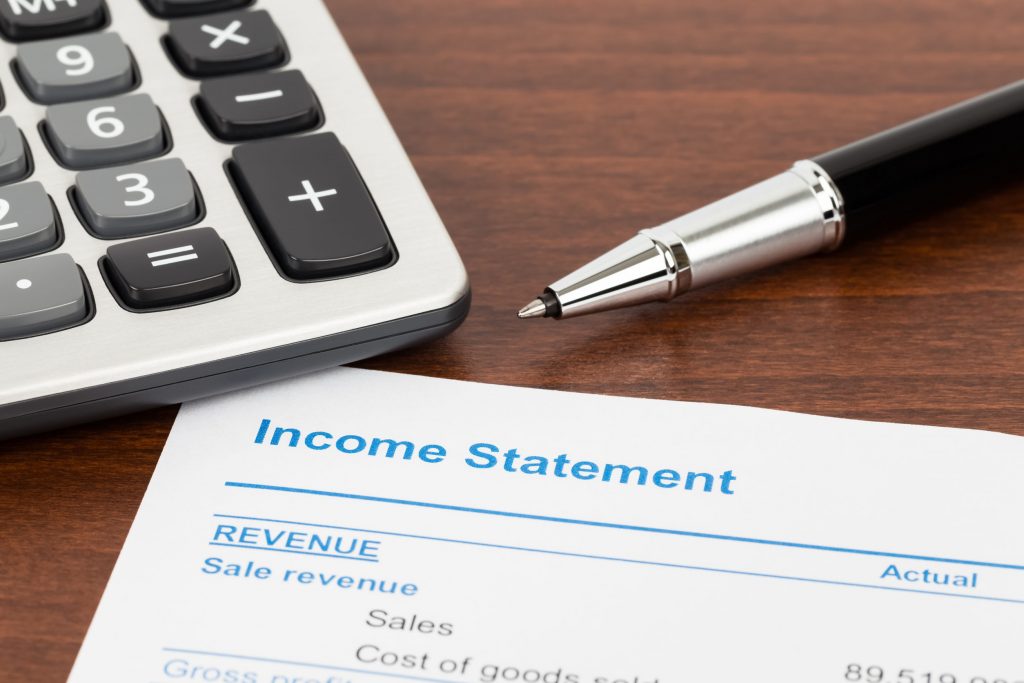How to read and communicate about an income statement
These essential snapshots of an organizations’ financial health (sometimes called profit and loss or P&L statements) are handy tools for communicators—if they know how to decipher them.

[Editor’s Note: This is an excerpt from “Business Acumen for Strategic Communicators: A Primer.” You can purchase the book here and Ragan/PR Daily readers receive a 30% discount with the code BUSINESS30.]
The income statement, also referred to as a profit and loss statement (P&L), shows how much revenue or sales an organization has generated over a certain time period and, after subtracting expenses or costs, shows whether the organization has made or lost money (i.e., produced net income or a net loss) for this time period, such as a quarter or a full year. Further, this statement shows whether these figures, such as profit or loss, have grown or declined compared to the prior comparison period included on the statement.
Even with GAAP standards, the titles and terms included on an income statement may vary from organization to organization and industry to industry. This said, the major categories and general contents included within an income statement and other types of financial statements remain similar and fairly consistent.
Become a Ragan Insider member to read this article and all other archived content.
Sign up today
Already a member? Log in here.
Learn more about Ragan Insider.


